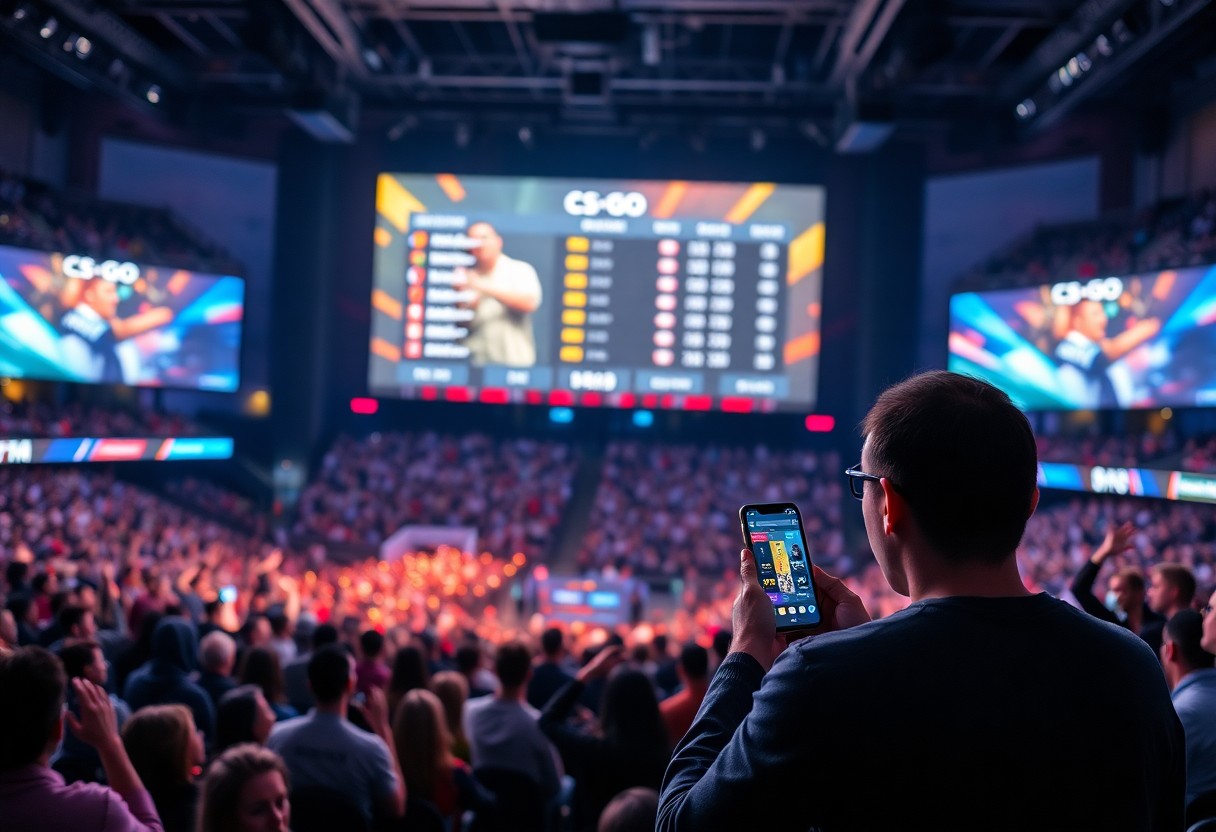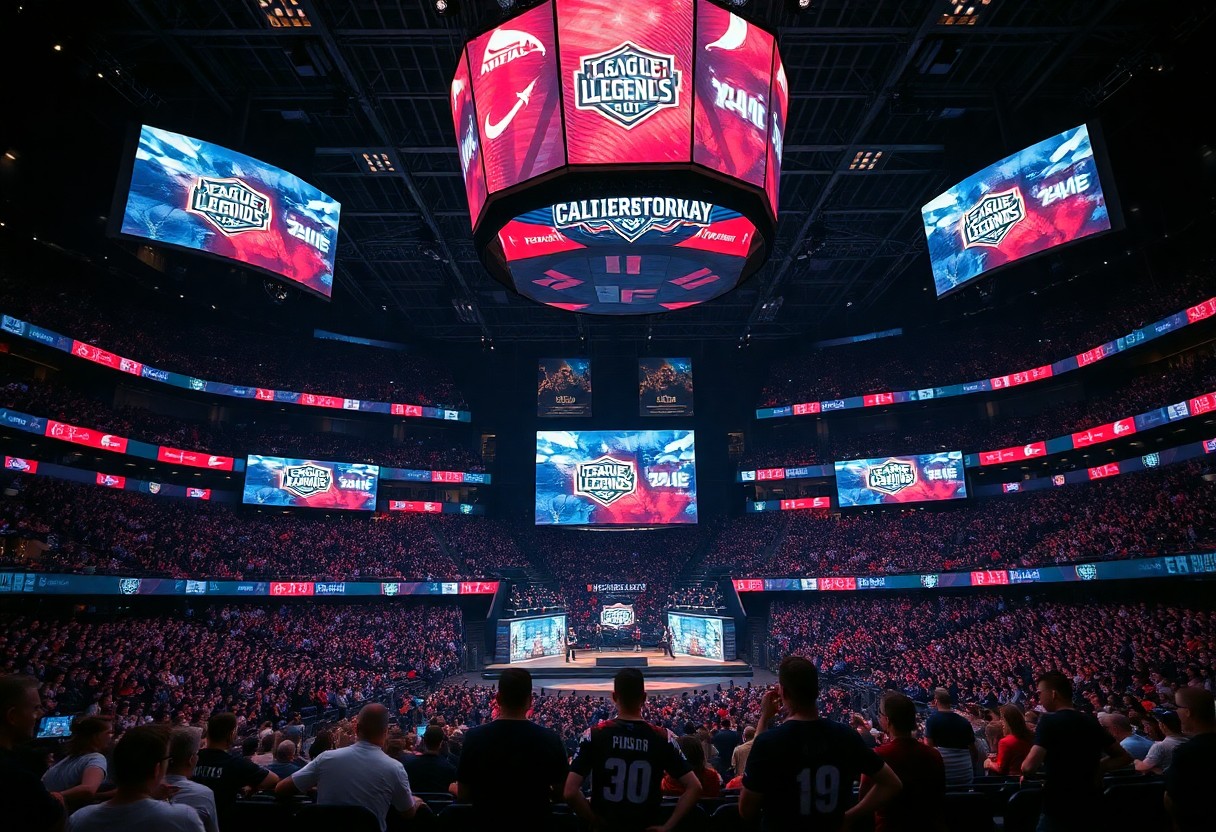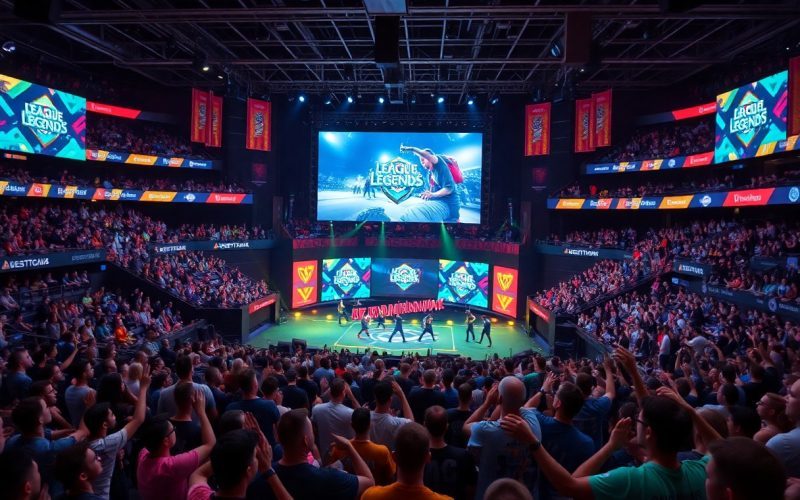Most fans of League of Legends (LoL) have followed the game’s competitive scene with intrigue, but recent trends indicate a potential shift in the game’s viewership metrics. While League of Legends has long been a titan in the esports arena, boasting millions of fans and players globally, the game’s audience engagement may be experiencing some fluctuations. This article aims to examine into various viewership metrics and discuss whether the hype surrounding LoL is actually diminishing.
League of Legends tournaments, particularly the World Championship, have historically attracted massive audiences. The 2020 World Championship witnessed an astonishing peak viewership of 3.84 million concurrent viewers, a record for any esports event at the time. However, data from subsequent years indicate that this number is witnessing a decline. The 2021 event recorded approximately 3.5 million peak viewers, while the 2022 World Championship saw a further drop to around 3.3 million. Such numbers raise questions about the trajectory of the game’s popularity.
One significant factor in this decline could be the increased competition within the esports realm. As new games like VALORANT, Apex Legends, and others take center stage, they attract a significant portion of the spectator base. Additionally, established titles such as Dota 2 and Counter-Strike: Global Offensive continue to maintain robust viewership numbers. Consequently, LoL may be losing some of its player base to these emerging titles, which could explain the dip in viewership.
Moreover, the rise of streaming platforms has changed how audiences consume esports content. Platforms like Twitch and YouTube have made it easier for players to engage with games outside of major tournaments. While this shift allows for broader exposure of various esports, it also means that viewers may no longer feel the necessity to tune in to high-stakes matches. Consequently, the diminished excitement around must-see events could be a sign of content saturation or shifting viewer preferences.
Additionally, the pandemic initially boosted viewership metrics across a variety of esports and streaming content in 2020, as people turned to digital entertainment during lockdowns. As the world gradually returns to normalcy, some of that inflated viewership may have begun to normalize as fans return to traditional forms of entertainment or engage in offline activities. This natural ebb and flow could contribute to the perceived decline in interest.
Another aspect to consider is the integration of player feedback and game development. If fans feel disconnected from the game’s progression or if the ongoing updates and meta shifts do not meet their expectations, it could result in diminished enthusiasm for major events. Developer Riot Games has been known to pay attention to community sentiment, and their future changes will likely significantly impact player and viewer morale.
In the aggregate, while there are indications that viewership metrics for League of Legends are facing challenges, it is crucial to view this decline within a broader context. Factors such as increased competition, changes in content consumption, pandemic-related effects, and community engagement collectively play a significant role in shaping league viewership. Only time will unveil whether the decline is temporary or indicative of a more lasting trend in the esports ecosystem.







